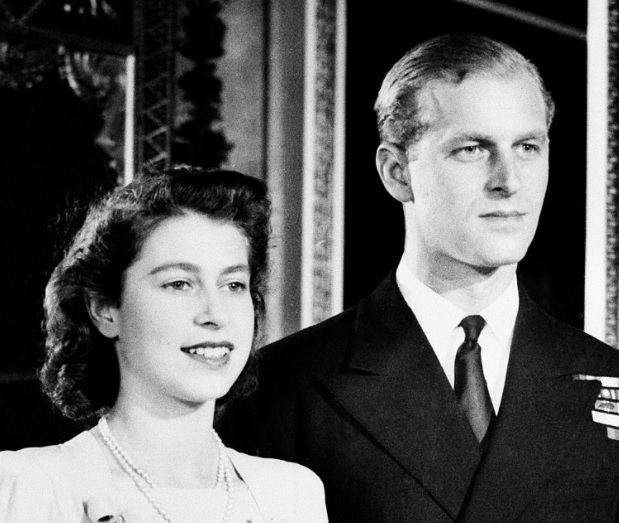
February 6 1952 was expected to be just another day as Princess Elizabeth visited Kenya with her husband Prince Philip. In unfortunate circumstances, that day would change the Princess’ life forever. For on that day, she lost her father and became the United Kingdom’s new monarch, at the age of 25.
The Princess and her husband had flown from Heathrow to Kenya on 31 January, seen off by the King, who was too ill to make the tour himself. The crowd at the airport gave the King a sympathetic cheer as he stood in the bitter cold to wave goodbye to his daughter.
On 6 February, at Sandringham, a servant found that George VI had died in his sleep sometime in the early hours and operation “Hyde Park Corner” got underway, the coded plan for arrangements surrounding the death of the King. George VI was just 56 when he passed away. He had ruled for 16 years.
At No. 10 Downing Street, Winston Churchill received news of the King’s death but it would be at least four hours before Princess Elizabeth heard. A telegram, sent to Government House in Nairobi, could not be decoded because the keys to the safe holding the codebook were unavailable.
At lunchtime, an editor of the East African Standard telephoned Elizabeth’s secretary to ask if the teleprinter reports were true. At the news of the report, Prince Philip is said to have acted as if he was ‘hit by a thunderbolt.’ Acting swiftly, he took his wife for a walk in the garden where at 2.45pm, he told her that her father was dead and she was now Queen and Head of the Commonwealth. Putting personal feelings aside, the now-Queen acted with a sense of duty, immediately discussing plans to return to England and plans to write letters of apology for the cancellation of the rest of the tour.
The exact moment The Queen found out of her father’s passing was witnessed by Prince Philip’s cousin, Lady Pamela Hicks, who had served as one of the couple’s bridesmaids. Her daughter India Hicks shared her mother’s story to People Magazine: “My mother remembered very clearly that when she heard the news, she paced up and down, up and down with Philip and the ladies-in-waiting and the private secretary.
“Finally when the Queen had gathered herself, she said, ‘I’m so sorry, but we are going to have to go back to England. That was so indicative of the Queen that she would have apologized for something like that. They all said, ‘Don’t be ridiculous.’ My mother gave her a hug and suddenly remembered, ‘This is my queen,’ and dropped into a deep curtsy.”
As many have famously noted of the trip, she went up the airplane stairs at Heathrow as a Princess, and when she returned, she came off the plane as The Queen. During her speech to the accession council, The Queen said: “By the sudden death of my dear father I am called to assume the duties and responsibilities of sovereignty. My heart is too full for me to say more to you today other than I shall always work as my father did throughout his reign, to advance the happiness and prosperity of my peoples, spread as they are all the world over.”
The Queen’s coronation was held on 2 June 1953 at Westminster Abbey in London.

